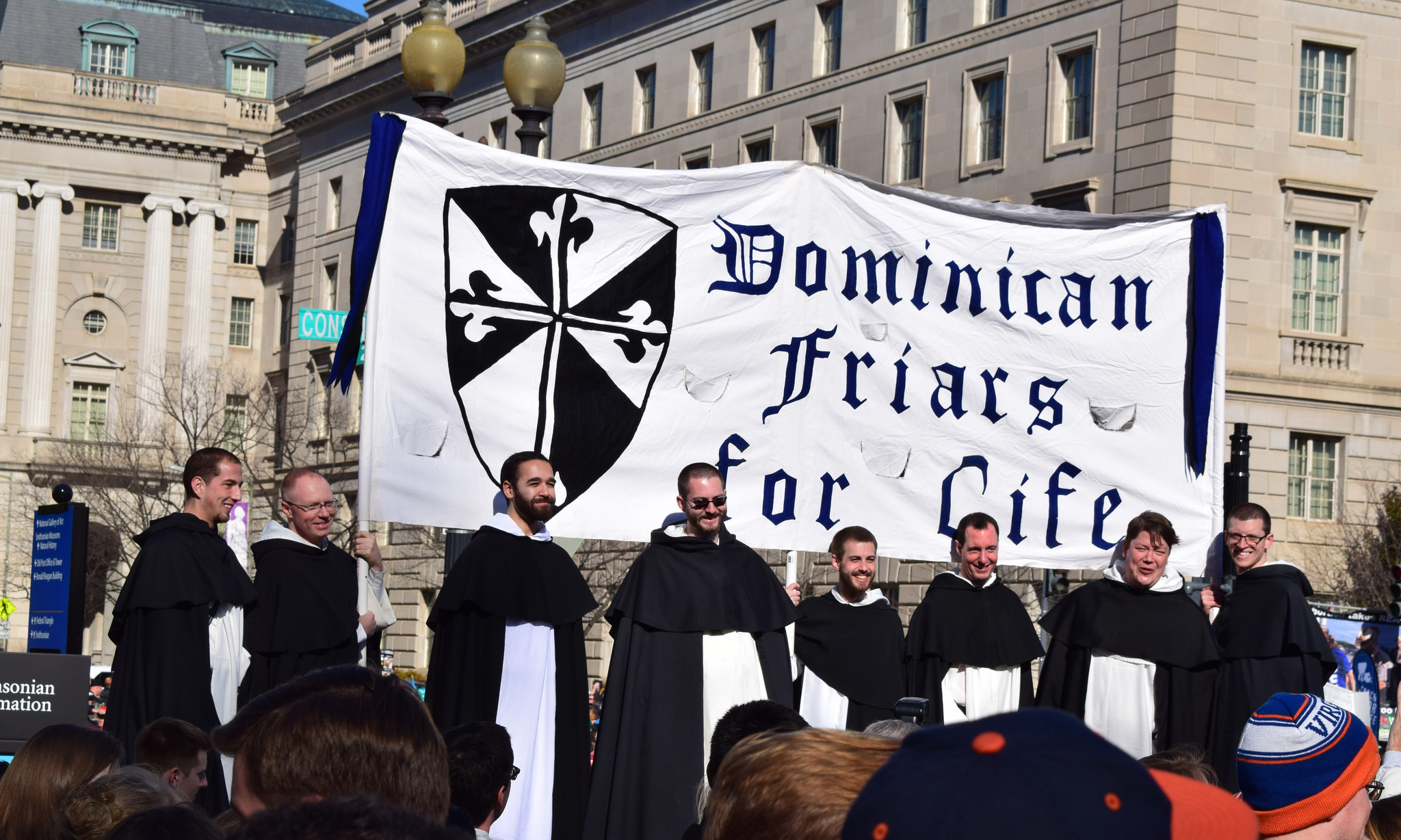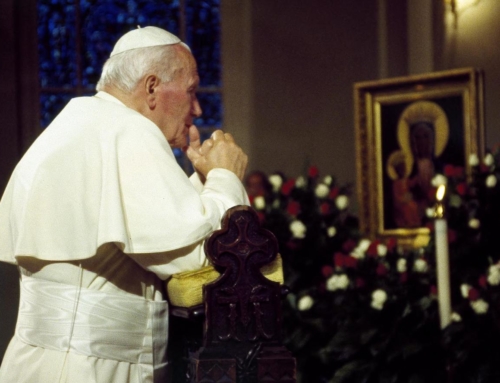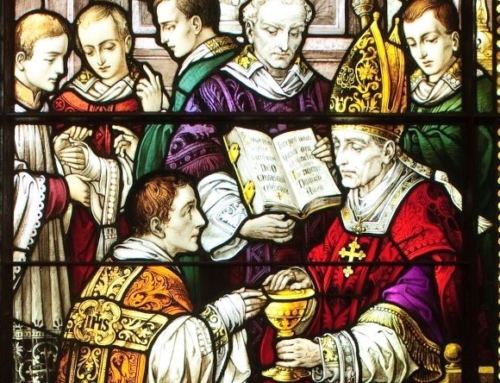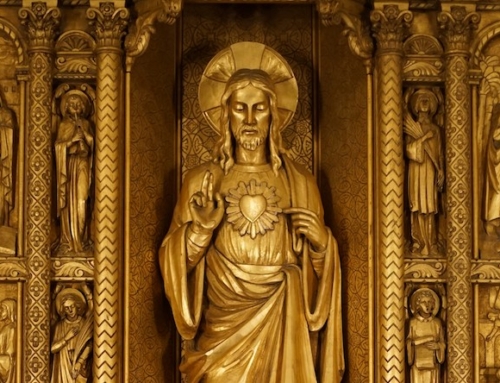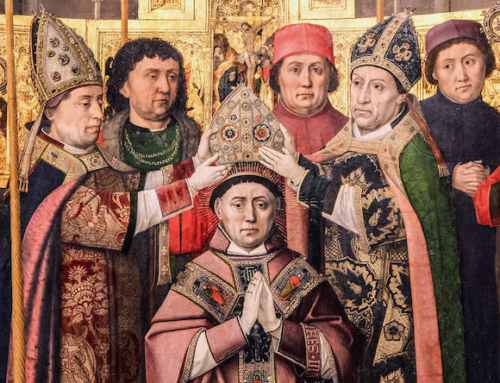At His crucifixion, Jesus was stripped of His clothing, and the soldiers divided it among themselves. His tunic, however, “was seamless, woven in one piece from the top down” (Jn 19:23), so the soldiers instead cast lots for it. Because the Gospels are so concise, even tiny details like this one are significant, and the Church’s tradition has interpreted them in various ways.
In the case of Christ’s seamless garment, theologians have understood it to be a symbolic reference to the unity of the Church’s doctrine. Even though we might divide Church teaching into different categories—the Trinity, the Commandments, etc.—they are all really one, united in the Person of Jesus Christ, the Son of God. The image of the seamless garment beautifully reminds us of this truth. The seamless tunic can also help us to understand how specific parts of the Church’s teaching work together: for example, it’s often used to illustrate how the different aspects of respect for life combine into a unified vision.
Unfortunately, this image is sometimes misunderstood and wielded against an activity of the Christian faithful. For example, some people call on the image of the seamless garment to denigrate last week’s March for Life, arguing that we should not give priority to protesting abortion rather than capital punishment, since both are part of the one garment. It’s true that both abortion and capital punishment are important social issues in which the Church’s voice should be heard. However, the seamless garment is not a shapeless blob in which each piece is equally important, but it is rather a carefully woven tunic, with a specific shape and purpose.
For example, we can consider the thread out of which the tunic is woven as something which is absolutely fundamental. Other parts of the tunic, though, are less important, such as the collar or the sleeves. Applied to the life issues, we can see a parallel between the thread of the tunic and the absolute principle that we can never deliberately kill an innocent human being. The prohibition of abortion matches this principle almost exactly, so we might compare it to something like the weave of the tunic: once you start working with the thread, you immediately realize that abortion must be wrong. Other issues are less fundamental, however, so we might compare the Church’s teaching on capital punishment (CCC 2267) to something like the sleeves: they’re still an important part of the whole, but you don’t start with the sleeves if you haven’t yet figured out how to weave.
Of course, all analogies break down at some point. For example, a tunic would probably work okay without sleeves, but the Church’s teaching on capital punishment cannot be separated from her overall respect for life. The image of the seamless garment, nevertheless, reminds us that the Church’s teachings are not just united but also hierarchical: a structured whole, like our Lord’s seamless tunic.

